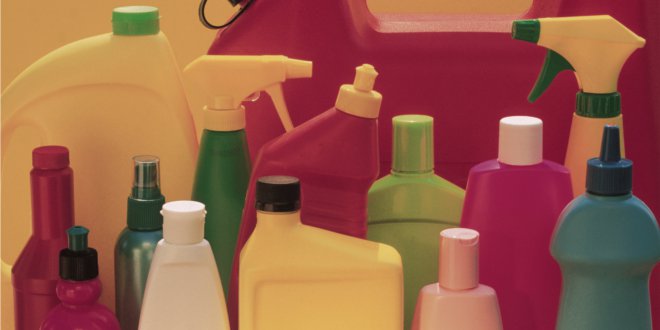Types of Pesticides
 There are many different types of pesticides, each is meant to be effective against specific pests. The term "-cide" comes from the Latin word "to kill."
There are many different types of pesticides, each is meant to be effective against specific pests. The term "-cide" comes from the Latin word "to kill."Algaecides are used for killing and/or slowing the growth of algae.
Antimicrobials control germs and microbes such as bacteria and viruses.
Desiccants are used to dry up living plant tissues.
Defoliants cause plants to drop their leaves.
Disinfectants control germs and microbes such as bacteria and viruses.
Fungicides are used to control fungal problems like molds, mildew, and rust.
Herbicides kill or inhibit the growth of unwanted plants, aka weeds.
Illegal and Counterfeit Pesticides are imported or sold illegally.
Insecticides are used to control insects.
Insect Growth Regulators disrupt the growth and reproduction of insects.
Miticides control mites that feed on plants and animals. Mites are not insects, exactly.
Molluscicides are designed to control slugs, snails and other molluscs.
Mothballs are insecticides used to kill fabric pests by fumigation in sealed containers.
Ovicides are used to control eggs of insects and mites.
Pheromones are biologically active chemicals used to attract insects or disrupt their mating behavior. The ratio of chemicals in the mixture is often species-specific.
Plant Growth Regulators are used to alter the growth of plants. For example, they may induce or delay flowering.
Repellents are designed to repel unwanted pests, often by taste or smell.
Rodenticides are used to kills rodents like mice, rats, and gophers.
Wood Preservatives are used to make wood resistant to insects, fungus and other pests.
source: npic@ace.orst.edu
No comments:
Post a Comment